September 1, 2025 | 02:05 GMT +7
September 1, 2025 | 02:05 GMT +7
Hotline: 0913.378.918
September 1, 2025 | 02:05 GMT +7
Hotline: 0913.378.918
But a unique experiment led by Peter Reich of the University of Michigan is showing that, on a warming planet, more carbon is escaping the soil than is being added by plants.

Credit: University of Michigan
"This is not good news because it suggests that, as the world warms, soils are going to give back some of their carbon to the atmosphere," said Reich, director of the Institute for Global Change Biology at U-M.
"The big picture story is that losing more carbon is always going to be a bad thing for climate," said Guopeng Liang, the lead author of the study published in Nature Geoscience. Liang was a postdoctoral researcher at the University of Minnesota during the study and is now a postdoctoral researcher at Yale University and an exchange fellow at the Institute for Global Change Biology.
By understanding how rising temperatures affect the flow of carbon into and out of soils, scientists can better understand and forecast changes in our planet's climate. Forests, for their part, store roughly 40% of the Earth's soil carbon.
Because of that, there have been many research projects studying how climate change affects the carbon flux from forest soils. But few have lasted for longer than three years and most look at warming either in the soil or in air above it, but not both, Reich said.
In the experiment believed to be the first of its kind led by Reich, researchers controlled both the soil and above-ground temperatures in open air, without the use of any kind of enclosure. They also kept the study running for more than a dozen years.
"Our experiment is unique," said Reich, who is also a professor at the U-M School for Environment and Sustainability. "It's far and away the most realistic experiment like this in the world."
The trade-off is that running such a sophisticated experiment for so long is expensive. The research was supported by the National Science Foundation, the U.S. Department of Energy and the University of Minnesota, where Reich is also a Distinguished McKnight University Professor.
Joining Reich and Liang on the study were colleagues from the University of Minnesota, the University of Illinois and the Smithsonian Environmental Research Center.
The team worked at two sites in northern Minnesota on a total of 72 plots, investigating two different warming scenarios compared with ambient conditions.
In one, plots were kept at 1.7 degrees Celsius above ambient and, in the other, the difference was 3.3 degrees Celsius (or about 3 and 6 degrees Fahrenheit, respectively). Soil respiration—the process that releases carbon dioxide—increased by 7% in the more modest warming case and by 17% in the more extreme case.
The respired carbon comes from the metabolism of plant roots and of soil microbes feeding on carbon-containing snacks available to them: sugars and starches leached out of roots, dead and decaying plant parts, soil organic matter, and other live and dead microorganisms.
"The microbes are a lot like us. Some of what we eat is respired back to the atmosphere," Reich said. "They use the same exact metabolic process we do to breathe CO2 back out into the air."
Although the amount of respired carbon dioxide increased in plots at higher temperatures, it likely didn't jump as much as it could have, the researchers found.
Their experimental setup also accounted for soil moisture, which decreased at warmer temperatures that cause faster water loss from plants and soils. Microbes, however, prefer wetter soils and the drier soils constrained respiration.
"The take-home message here is that forests are going to lose more carbon than we would like," Reich said. "But maybe not as they would if this drying wasn't happening."
(Phys)

(VAN) Researchers have discovered that replacing 50g/kg maize with a 50:50 mix of pineapple and orange peels could offer poultry producers a sustainable feed option.
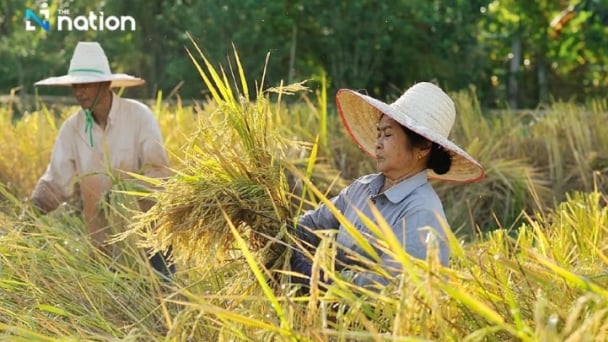
(VAN) Global rice markets are bracing for turbulence after reports that India, the world’s largest rice exporter, is preparing to release around 20 million tonnes of stockpiled rice in September.
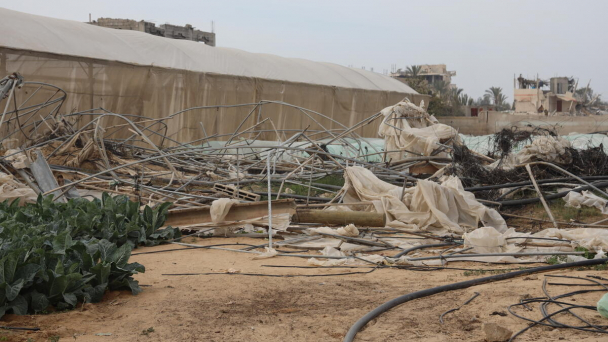
(VAN) FAO, UNICEF, WFP and WHO reiterate call for immediate ceasefire and unhindered humanitarian access to curb deaths from hunger and malnutrition.
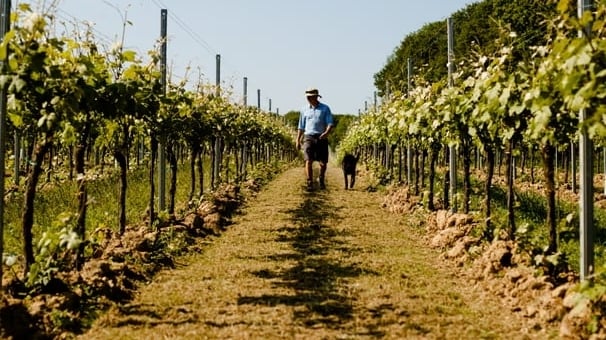
(VAN) As wildfires rage in southern Europe and crop losses only set to increase in the coming years, producers are getting creative to beat the heat.
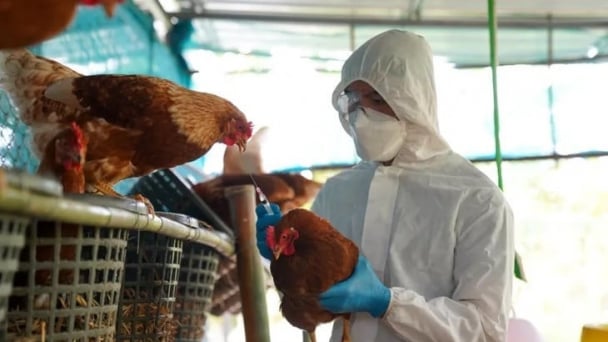
(VAN) A new outbreak of highly pathogenic avian influenza (HPAI) has been confirmed by Argentinian authorities at a layer farm in Buenos Aires, Argentina.
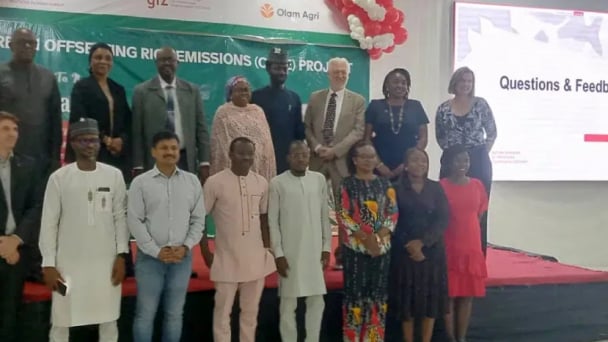
(VAN) The German Government has inaugurated the Carbon Offsetting Rice Emissions (CORE) Project to support 12,000 smallholder farmers in climate-smart rice production across Benue, Nasarawa, and Kano States.
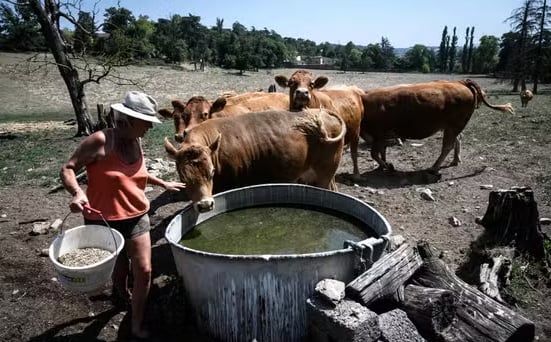
(VAN) Orchardists, winegrowers and livestock farmers fear the negative impact of the current heatwave on their production.